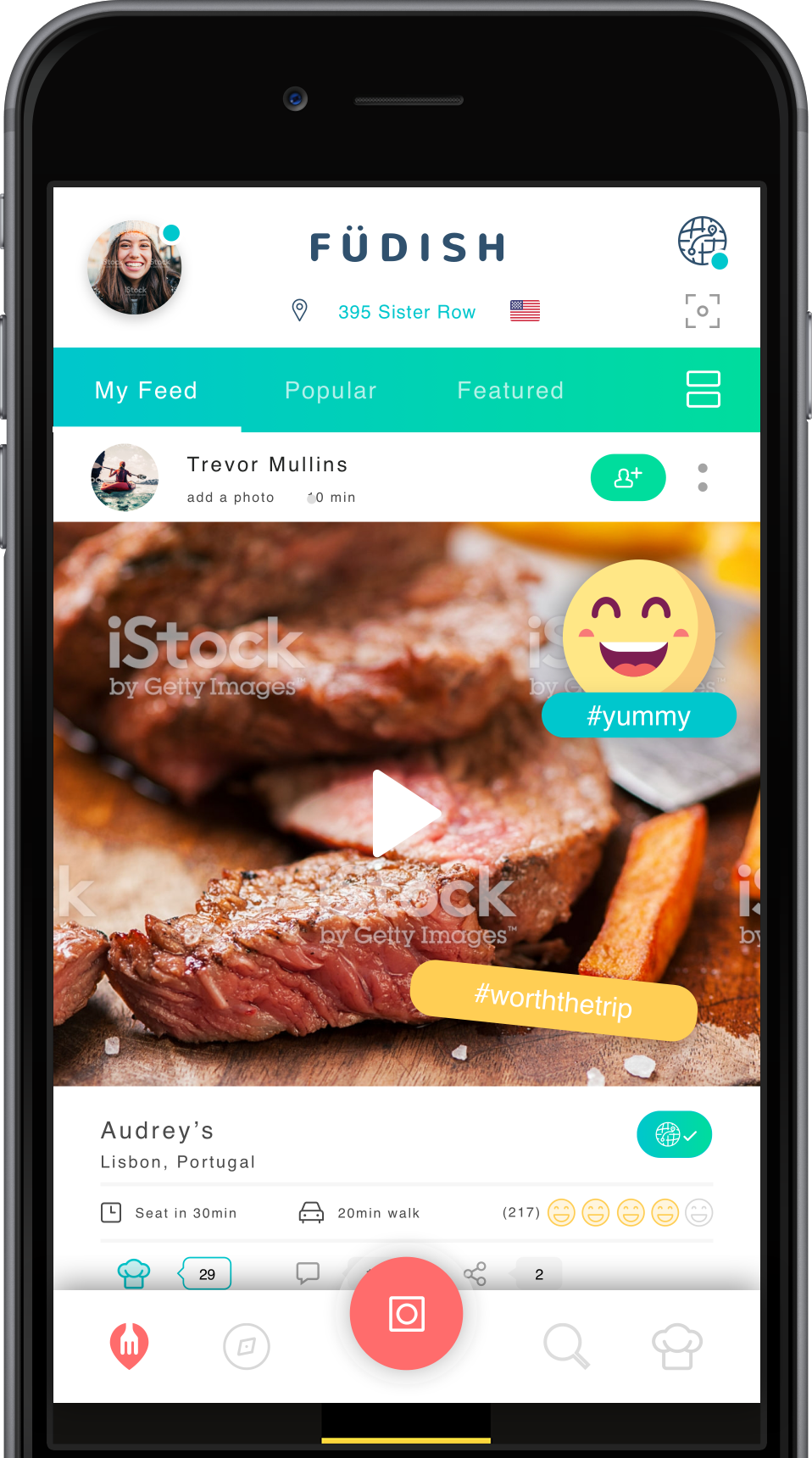FUDISH
App for foodie People.
People with refined interest in food. They eat food not out by hunger but by interest or hobby.

#foodie
APP
Company
Private Investor
Product
Fudish app
Private Investor
Product
Fudish app
Industry
Food & Drinks
Food & Drinks
Deliverable
App GUI
Timeline
1 year
App GUI
Timeline
1 year
Main Tasks
User Research, Wireframing, Interface Design, Visual Design, Prototype
User Research, Wireframing, Interface Design, Visual Design, Prototype

/ Freelance work
/ Lead all the stages of the design process
/ Team of one
/ Lead all the stages of the design process
/ Team of one
MY
ROLE
I have executed the experience strategy and design of the app. I have led the design process in all stages, including quarterly planning (through Kanban board), user research, user flows, Information Architecture, wireframing, prototyping, user testing, and visual design.
WHAT IS? Is a framework based on the idea that whenever users "hire" (i.e., use) a product, they do it for a specific "job" (i.e., to achieve a particular outcome).
Methodology
JTBD
J
O B S
T
B
D
O
E
O N E
WHY I USED IT? I wanted to craft the best product and experiences that I can. JTBD is the perfect tool to ask people how can we improve or create the best service we can. The only focus is to increase their experience satisfaction.
I tested & research several dimensions; I received very clear feedback on how to create the service on those dimensions.
I tested & research several dimensions; I received very clear feedback on how to create the service on those dimensions.
I am constantly re-evaluating my process in order to craft the best product and experiences that I can.
WHY I USED IT
Traditional
User Research
User Research
JTBD
vs
We ask people how can we improve their product or service because we want to help people and present them with more valuable solutions to increase their experience satisfaction. To do so, we research and test several dimensions; We receive very clean feedback on how to improve the product or service on those dimensions, AND THEN, in the end, we saw no impact on customer satisfaction, and worse, no impact on revenue!
We all passed by this experience once in our life's as designers …
WHY THIS HAPPEN?
WHY I WANTED TO TEST JTBD ?
Aware of this frequent research bias, I wanted to understand more deeply why this happen. To be prepared beforehand, I move forward with JTBD.
Research
Bias
Bias
JTBD
Differently of the mindset of Design Thinking, instead of focus on the NEEDS of users, the JTBD method focuses primarily on the JOB that the user is trying to accomplish. This shift in mindset is deeply important to the current market. Especially, if we are trying to create a disruptive solution that the users might not have in mind as a current or future need.
JTBD helped to uncover the motivations of why people use food apps, as well as unearth the real frustrations they face when using it.
Dream to
IDENTIFICATION OF AN OPPORTUNITY
Better Way of Framing

JTBD
be happy
Tools
•Competitors Analysis
•Trend Observation
•Trend Matrix
•Competitors Analysis
•Trend Observation
•Trend Matrix
"
"
With JTBD I was able to evaluate people's needs for happiness and dopamine. What makes them happy around food? I uncover that residents and/or tourists are people with the same motivations but with different needs. And the solution has to be oriented in that sense.
It gave me a much better lens to think about our true competitors and the context that triggers people to use a product.
Better Lens to Think

JTBD
The method provided a new way of thinking about competitors:
How to get customers to switch?
How to define the scope of the product?
How to identify the job that the product does?
How to define the scope of the product?
How to identify the job that the product does?
01
SCOPE
According to the statista.com, in the 1st quarter of 2018, Android users were able to choose between 3.8 million apps, and Apple's App Store users between 2 million available apps.
To aim to build another food app, with such heavy competition was quite a challenge.
THE CHALLANGES
Was not an easy journey to find the right experience and novelty factor for such a large and competitive market.

THE FOCUS
•Who the customers will be?
•What problem am I trying to solve?
•What customer segment makes the most attractive target?
•What unmet customer needs should I address?
•What problem am I trying to solve?
•What customer segment makes the most attractive target?
•What unmet customer needs should I address?
01
02
RESEARCH
The research phase had 4 main goals:
•Explore what is happening currently
•Exploit new solutions
•Anticipate what could happen
•Attachment to what we currently have
•Explore what is happening currently
•Exploit new solutions
•Anticipate what could happen
•Attachment to what we currently have
COMPETITORS ANALYSIS
How apps are being used today?

FINDING
Which outcomes can be transformed into actions in order to transform a business?
Is it solvable by software, by design, by development?
Will people switch to our solution?
Is it solvable by software, by design, by development?
Will people switch to our solution?
02
TOOLS
•Competitors Map
•Surveys
•Surveys
PROJECT BRIEF
After diverging in the research phase, I initiate the Synthesis stage by creating a page brief for the project (summarization of thoughts and findings).
This doc. Helped to reminds us of the problem and opportunities we were tracking.
Helped us to keep focused throughout the project.
This doc. Helped to reminds us of the problem and opportunities we were tracking.
Helped us to keep focused throughout the project.

02

Some of these will compete with our solution and some will contradict it.
Understanding all these forces help us counter them with our efforts.
Understanding all these forces help us counter them with our efforts.
Costumers don't experience products in a vacuum. They experience it alongside every other products, services, and ideas fighting for their attention.
PROTO-PERSONAS
02
THE DISCOVERY
This phase was a quick, high-intensity effort that allowed me to define the project milestones, review the competitor landscape, understand the client's vision and hopes, and begin research into user needs, behaviors, and pain-points.
This phase was a quick, high-intensity effort that allowed me to define the project milestones, review the competitor landscape, understand the client's vision and hopes, and begin research into user needs, behaviors, and pain-points.
“
Personas are a collection of attributes. They don't explain causality.
The biggest mind shift with JTBD Is moving towards actors instead of personas and each actor can have different roles.
03
JOB STORIES
In the Ideation phase, I had "Foodie People" as end-users. But what really are they? People who love food and like to share their gastronomic experiences are quite a broad group of people. So, I needed to narrow it down to two specific types of food lovers:
•People who want to share their experiences (the influencers)
•People who search for recommendations to new food experiences (the followers)
•People who want to share their experiences (the influencers)
•People who search for recommendations to new food experiences (the followers)
P E O P L E
Users come in all shapes and sizes. The only thing in common is the job they need to get done.


Personas artificially break apart audiences.
They artificially limit the product's audiences by focusing on attributes rather than motivations and outcomes.
They artificially limit the product's audiences by focusing on attributes rather than motivations and outcomes.
JTBD
With such a broader audience, customers can come in all shapes and sizes; From all countries, all backgrounds, all salaries, education, etc. The only thing they have in common is the Job they need to get done. In this case, it was better not to focus too much attention on creating personas, and instead, get an intimate understanding of the Job itself, which creates demand for it.
PRODUCTS DON'T MATCH PEOPLE
PRODUCTS MACTH PROBLEMS
Designing for Attributes
Designing for Motivations
Roles & Attributes
Situations & Motivations
VS

Turns out, many people with diverse attributes have very similar motivations, those motivations are fast to research, and the focus on what we build can be capture in a series of short, memorable sentences.
In JTBD structure the person is irrelevant. What is really matter is that we understand what they are trying to accomplish and what motivation grounds they actions.
When we build Personas to emphasize with our audience, we tend to not use it alone. In an agile environment, is frequently to translate Personas into User Stories.
JTBD STORIES
When
I want to
So I can
Situation
Motivation
Expected Outcome
JOB STORIES
When I am on a new town, I want to discover new restaurants, so I can have new food experiences.

03
When I am on a restaurant, I want to save my experiences, so I can remember it later in time.
When I am at a restaurant, I want to take a picture of my food, so I can share my experience with the community and friends.
Through Job Stories I analyzed and rated the users' desired outcomes by how important they were and how well-satisfied they were with current solutions. This enabled me to prioritize and target exactly how my solution should solve the users' problems.
My research revealed that the concept of 'Food Journal' represented something different to the different type of users. Users' motivations for eating out and participating in new food experiences, were disputed at different requirements.
My research revealed that the concept of 'Food Journal' represented something different to the different type of users. Users' motivations for eating out and participating in new food experiences, were disputed at different requirements.
The hypothesis consisted of five different archetypes (different shapes but same motivations) which we used to facilitate discussions about our users needs, desires and varying contexts of use.
I identified sufficient behavioral variables to segment our user audience. These variables could be categorized into activities such as:
I identified sufficient behavioral variables to segment our user audience. These variables could be categorized into activities such as:
•Don't travel
•Adventure with food
•Open to new restaurants
•Only look where to eat when the occasion occurs
•Often try new foods
•Unlike to post food photos
•Adventure with food
•Open to new restaurants
•Only look where to eat when the occasion occurs
•Often try new foods
•Unlike to post food photos
•Travel a lot and eat out often
•They plan ahead which restaurants go
•Analyze where and what to eat
•Value the look of food
•Adventure with food
•Likely to post food photos
•Devalues the food look but not the taste
•They plan ahead which restaurants go
•Analyze where and what to eat
•Value the look of food
•Adventure with food
•Likely to post food photos
•Devalues the food look but not the taste
Then, I rated the importance of each outcome. Then, I used this formula to calculate the opportunity score of each desired outcome.
Importance - Current Satisfaction = OPPORTUNITY
Importance - Current Satisfaction = OPPORTUNITY
04
PROTOTYPE
The best part of rated desired outcomes is that no matter what form the solution comes in, we know the kind of results the solution should achieve.
Knowing who exactly I was designing for allowed me to ask myself how the app fits into the lives of the users.
I devised the concepts into 3 main areas:
I devised the concepts into 3 main areas:
APP CONCEPT
Make it funny and interactive to share & rate gastronomic experiences from others.

04
Search for food experiences on how our personas think and behave rather than getting into specifics about interfaces, technologies or business goals.
Turn it into a personal food journal map.

I differentiate the things people do before, during and after eating out.
Before
People search for experiences or are influenced by others.
During
They enjoy a meal. They can save or share their gastronomic experiences.
After
The sweet memory of reviewing where they once have been and which experience they had it.
People search for experiences or are influenced by others.
During
They enjoy a meal. They can save or share their gastronomic experiences.
After
The sweet memory of reviewing where they once have been and which experience they had it.
I categorized and segmented the tasks into behavioral affinities and aligned content and features. This gave me a way to visualize what existing functionality and content would be useful, what tasks needed supporting, what opportunities were available to innovate, and also what could be discarded from the existing market apps.
WHEN SOMEONE HIRE AN APP?
- Capture the moment privately, so they can look back.
- Embarrass a friend in front of another friend.
- Get the photo backed-up online, so they can point others to it.
- To make the moment/experience look cool and interesting, and share it
- To people like "me" and consider me interesting.
Workflow
When I understood the full workflow, I could be focused on the most concise, painful subset that the product solves.

Prototype
I used Sketch & Invision to communicate and test my design concepts.
